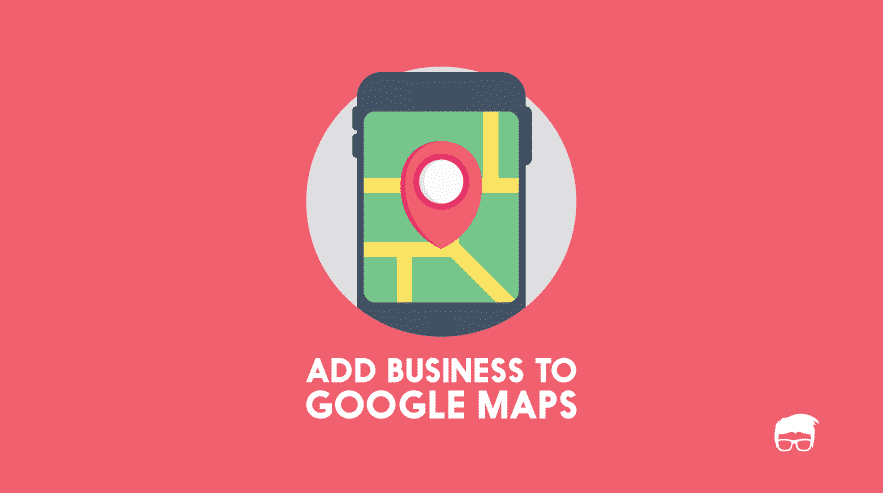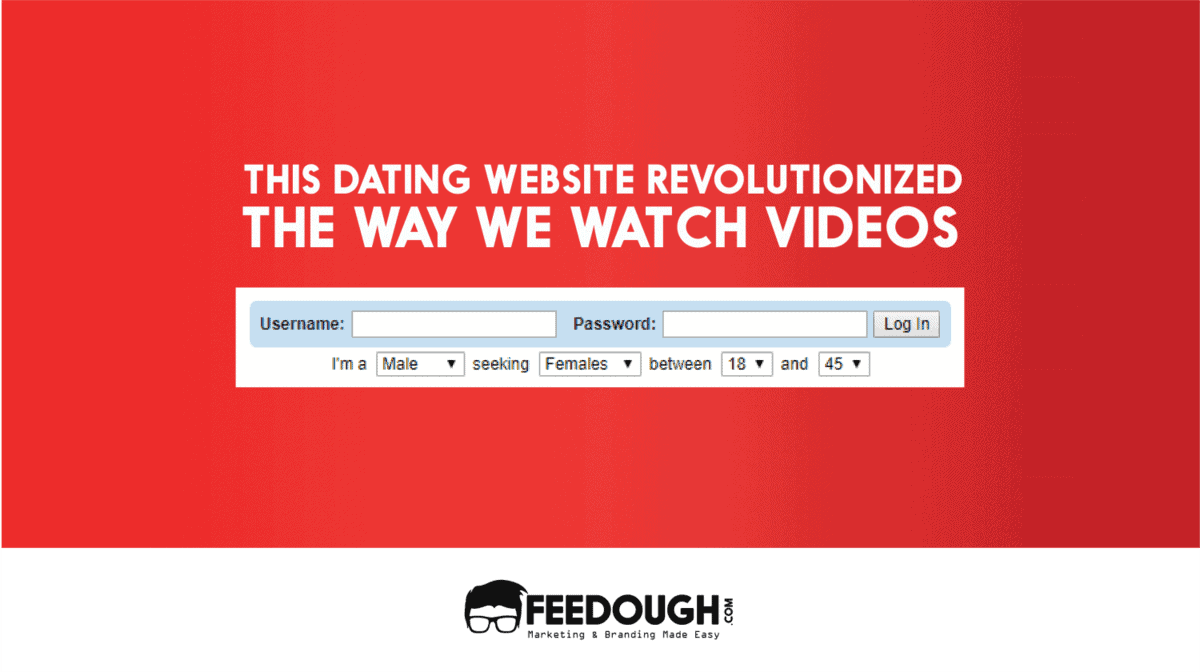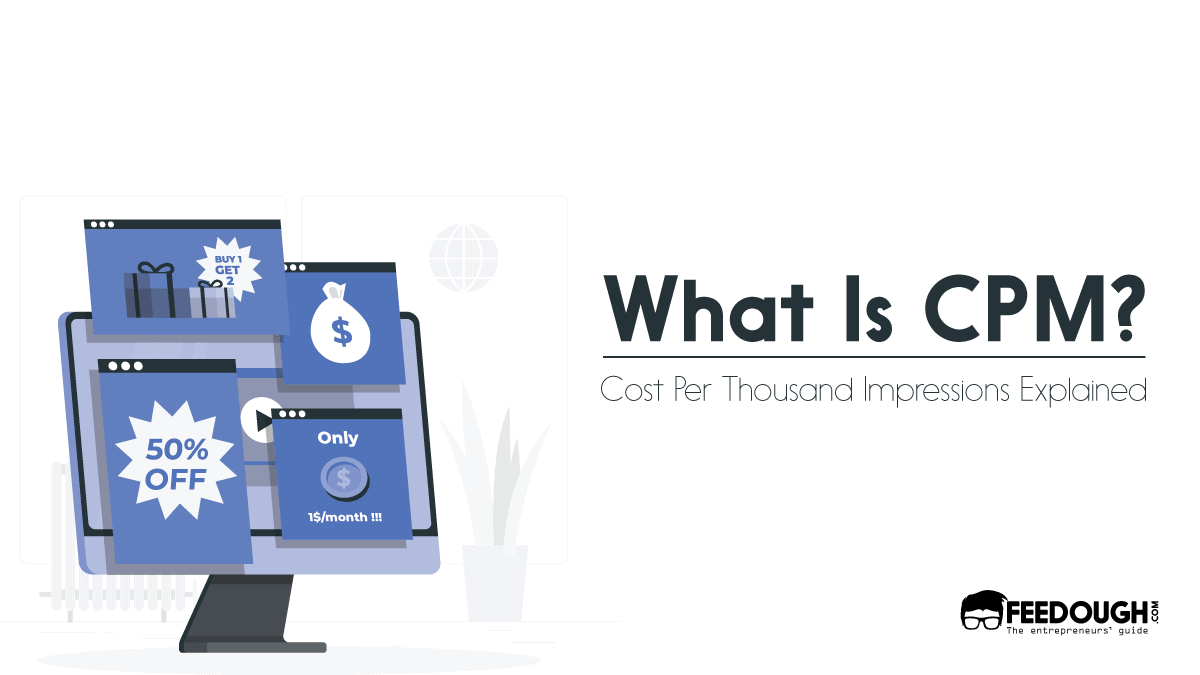Website traffic isn’t worth much if your content and site elements can’t get visitors to do what you want them to do.
You want visitors to take specific actions before they leave your site. These actions could be free trial signup, email subscription, webinar registration, a video view, or a download. All this is usually done to convert more of your site visitors into leads or customers.
Now, for many reasons – that typically differ from site to site – people do not always do what you want them to do when they land on your website.
Sometimes website visitors don’t even stay long enough to take any action. The quest to make this right is the subject of conversion rate optimization, which this article will discuss.
First, let’s define conversion rate optimization:
What Is Conversion Rate Optimization (CRO)?
Conversion rate optimization, or CRO in short, is the process of designing and modifying your web pages to help visitors take decisions you require of them.
Let’s simplify it a bit more:
To attract customers to your business, or to educate those prospects who may not even know they have a need for your product, you develop a website. In most cases, the same website will serve as your primary sales channel. This is the marketing playbook for most businesses.
But between discovering and buying your product, there often surface friction points that cause hesitations and stops your prospects from taking decisions you want them to take.
If you are being judicious with your analytics data, those friction points should serve as markers for conversion optimization. The same is likely to be the points where your leads are leaking.
From that understanding, we can see how conversion optimization goals will differ with every campaign. Here are a possible few:
- To earn more leads,
- To improve the quality of your leads,
- To reduce your bounce rates,
- To convert more of your blog readers into subscribers,
- To convert more of your blog readers into customers,
- To reduce your cart abandonment rates,
Still, though, the overarching goal is always to optimize your website for business growth.
Why Do You Need To Optimize Conversion Rate?
In an ideal world, the progress from when a prospect first lands on your homepage to when they finally fill their cart and checkout will be quick and smooth.
But consumers are a complex beast. It is not as easy to figure out how to get them to buy as we marketers would like.
Thus, despite our best efforts, not enough of the prospects we funnel into our leads baskets end up converting. To put a figure on it, 78% per cent of companies aren’t satisfied with their conversion rates.
For a sales geared site, low conversion rates translate to low sales. To stem the challenge of low sales, you could look to acquire more customers by driving more traffic to your site. But that will mean bigger PPC and SEO budgets.
Or, you could try a strategy that really moves the needle, which is modifying your site to get more out of your current traffic.
When Should You Start Optimizing Your Website for Conversions?
As soon as you start getting significant traffic to your site, you should look to make sure you are getting the most out of those visitors.
So, the first thing you should optimize for is organic traffic.
Specifically, this is traffic you get by successfully matching your target keywords with queries your ideal customers type into Google.
SEO is, of course, more involved than that. But the basic idea is to first create quality, helpful content that can attract people to your site and accurately match their needs to your product’s attributes.
How to Calculate Your Conversion Rates?
To calculate your conversion rate, you divide the number of conversions (people who took your desired action) by the number of people who visited that particular webpage.
It is important to note here that not all conversions are worth optimizing for.
Ideally, you will want to optimize only those conversions that help you meet your marketing objectives as determined by your KPIs or business model. For example, your overall goal could be lead acquisition or revenue growth.
After determining which conversions you want to optimize for, it will be time to set your CRO goal.
Now, this goal shouldn’t simply be more conversions. Rather you will want to qualify the goal by targeting X number of conversions per every Y amount of people visiting a page.
With all this said, without a clear conversion rate optimization strategy, you could still be shooting in the dark:
A Solid CRO Strategy Will Plug Most Conversion Leakages
Conversion rates as low as 0.5% that 40% of businesses report mean far too many leads are falling through cracks in the marketing funnel. And a funnel that leaks like a sieve betrays the lack of a clear CRO strategy, which will eventually bring a business to its knees.
To understand these depressing figures in their proper context, consider that for every $92 spent on customer acquisition a paltry $1 is spent converting them.
But how does a deliberate CRO strategy plug holes in the marketing funnel?
Setting Conversion Markers Higher Up Prevents Conversion Leakages Further Down The Funnel
By breaking your funnel down to its individual components it becomes easier to identify the sources of your conversion leakages. It also means leads that are not a fit for your business, and which aren’t likely to ever convert, are filtered out a lot earlier.
Yes, we typically consider the lower third of the funnel as the conversion stage. But in all honesty, there are other important conversions further up the funnel that you should optimize for.
For example, the decision to qualify a lead as a prospect and move them down into the ‘consideration’ basket must have a conversion that triggers it. Let’s say, when one subscribes to your email list.
But is a subscribe enough to move a lead from the top to the middle of the funnel? Or a webinar registration enough to deem a prospect warm enough to move them from the consideration to the conversion stages of the funnel?
If you can’t verify:
- that subscribers’ emails are real,
- that your leads are who they say they are at the companies they say they work for,
- that your prospects can afford your product…
… perhaps they are ‘suspects’ and shouldn’t yet be considered ‘prospects’.
‘Suspects’ will join your email list when all they are after is the lead magnet you are dangling in their faces.
To ensure you don’t waste time pushing marketing messages at fake leads (a common cause for low conversions), a solid CRO strategy will use double opt-ins to weed out prank emails people use when ‘joining’ your email list.
Yes, pre-qualifying prospects by designing webinar registration forms with extra fields for a person’s job title and name of the company they work for is good practice. But a good CRO strategy will not stop there. You should go to the said company’s website and check if the company exists and if the person indeed is the ‘CMO’ there.
If you have too many suspects than prospects, your CRO strategy should also recommend that you improve your messaging right at the top of the funnel to ensure you have the right leads entering your funnel.
Your CRO strategy must also fix conversion problems at the ‘conversion’ stage of your funnel:
Don’t Rush Prospects To ‘Convert’ Before They Are Ready
Rushing a prospect by handing them over to sales when marketing hasn’t warmed them enough will only lead to low conversions.
Drive the right content at the prospect, showing them how your product’s features solve their problem before pushing case studies and free trials at them.
A good CRO strategy must also call for periodic examination of the website itself to ensure the low conversions aren’t down to poor site structure and misplaced page elements.
If it is established that site improvements are necessary, you must still proceed with caution.
Test Your Hypotheses Before Making Site Changes
A good CRO strategy must call for agile responses to conversion leakages. But before you make any changes to your site, make sure your assumptions are supported by data.
Importantly, verify your proposed changes with split tests before you implement them. Research has also shown that using correct testing methods will improve your conversion rates by up to 300 per cent.
According to Harvey from Consumersbase.com, the big advantage for modern marketers is, between your Google Analytics, heatmaps, mouse trackers, CTAs, customer surveys, and other data mining tools, you have mounds of data from which to draw insights that guide your split tests. You don’t have to assume anything.
Wrapping up…
As we have learned, if you are struggling to meet your sales targets, your efforts are best invested in getting more from your current leads instead of trying to attract more in the hopes of growing sales.
Go On, Tell Us What You Think!
Did we miss something? Come on! Tell us what you think about our article on conversion rate optimization (CRO) in the comments section.
A startup consultant, digital marketer, traveller, and philomath. Aashish has worked with over 20 startups and successfully helped them ideate, raise money, and succeed. When not working, he can be found hiking, camping, and stargazing.
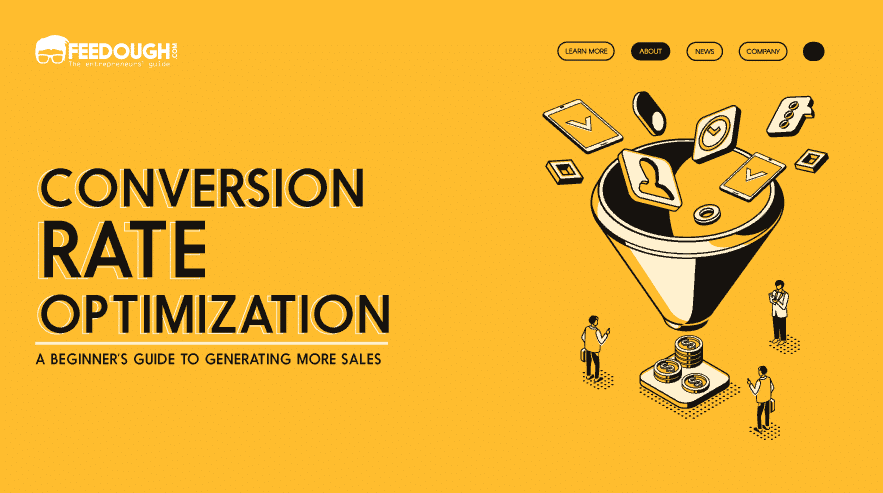

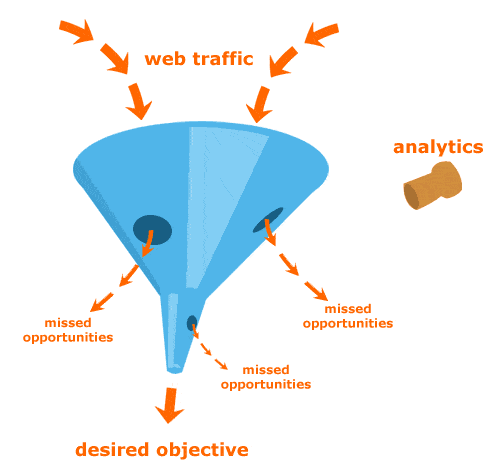
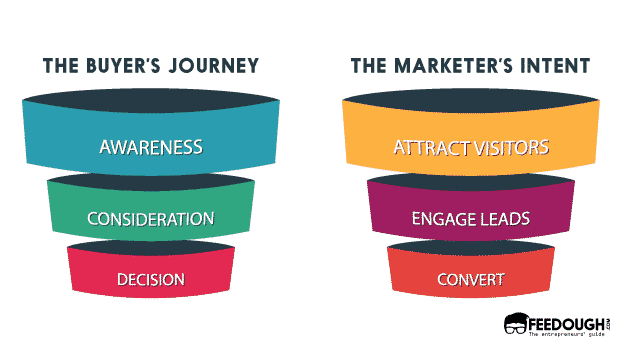
![What Is A Landing Page? [Detailed Guide] landing page](https://www.feedough.com/wp-content/uploads/2022/11/landing-page-2.png)
